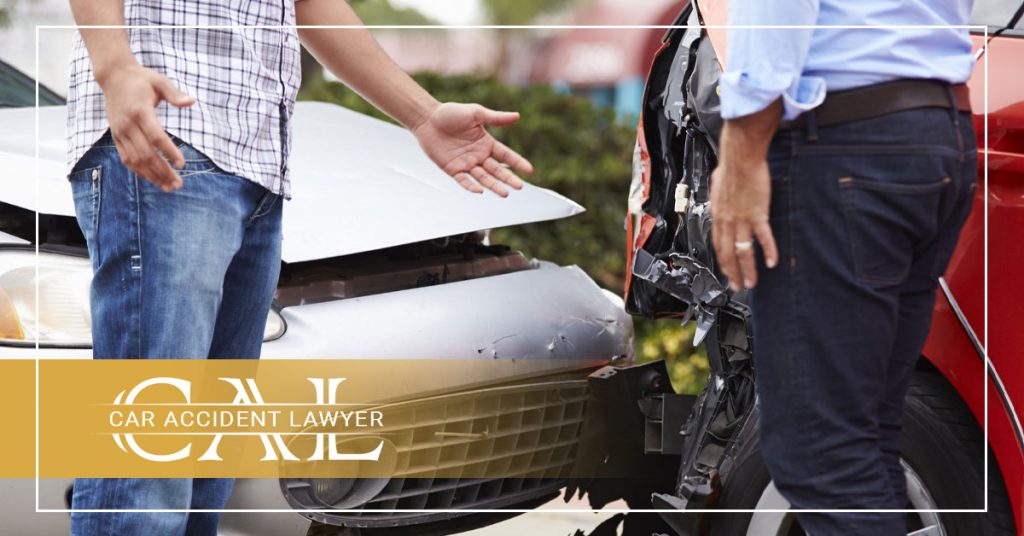Accidents happen. In fact, there are over 6 million car accidents in the United States each year. And if you have been in a car accident before you know it can be scary and overwhelming – especially if you don’t know who is at fault.
Car accidents happen for a number of reasons and it’s not always clear who is responsible for the accident or the damage. But there are a few basic rules to determining who is at fault for an accident. And learning those rules could help you if you ever find yourself in this difficult situation.
Read below to find out how car accident fault is determined.
Who Decides Car Accident Fault?
If all drivers involved in an accident have car insurance, the insurance companies are responsible for determining fault. They will review all the facts and determine fault based on state laws as well as the type and amount of damage.
In some cases, it is obvious which driver was at fault for the accident. But if not, both parties have the opportunity to share their version of the incident with the insurance companies. Insurance companies are responsible for making an unbiased decision based on all the facts.
Keep reading to learn more about how fault is determined by the insurance companies.
A No-Fault Car Accident
Some states require no-fault insurance which covers medical expenses regardless of who is at fault for the accident. In Florida, people must have no-fault insurance.
This type of insurance, also known as personal injury protection (PIP), covers the cost of handling bodily harm. However, car damages are still determined by insurance companies. So even in no-fault insurance cases, the damage needs to be paid for by the at-fault party.
The insurance companies will determine fault and property damages will be paid for.
Negligence
If you are involved in a car accident you may hear the term “negligence”. This is a term defined by the state to describe the driver’s fault in the accident.
If a driver is negligent, it means that they were not following the rules of the road or were driving in an unsafe way. When determining fault for a car accident, negligence is determined for each party involved.
Negligence is often expressed as a percentage of fault. For example, one driver is 70% responsible and the other is 30% responsible. The negligence percentage affects the total amount of each party (or their insurance company) will pay.
Comparative Negligence
The state of Florida uses comparative negligence to decide how much each person will pay. Comparative negligence means that a person pays based on the percentage they were at fault.
If a person is 60% negligent and the damage is 1,000, then they owe $600. The other person is 40% negligent therefore they pay $400.
Other states use a modified comparative negligence system. In this system, if a person is found more than 50% responsible, they pay for all medical expenses and damages.
Filing a Claim
Now that you have a better idea of how fault is determined, let’s review the process of filing a claim after a car accident. The claim is the documentation that you submit to your insurance company to use when they are determining negligence in the accident.
You can file your claim directly to your insurance company. They will likely ask you questions about the accident and the damages. For best results, take pictures of any damage and save any medical records or bills related to your accident. Write down all the details of the accident right away before you forget what happened.
You will also need to collect insurance information from anyone else involved in the accident.
If you call the police or report the accident to the police there will be a police record of the incident. Insurance companies will read the details of the police report when determining fault.
It may take several days or weeks to hear back from your insurance company about your claim.
Going to Court
A person can file a lawsuit following a car accident if they were injured or their property was damaged and they want compensation. A car accident lawyer that specializes in these cases can represent an individual in court.
During the court case, each person’s lawyer will present evidence. Evidence could include statements from the drivers or witnesses as well as the police if they were involved in the police report. In some cases, medical professionals may be asked to speak about a person’s physical or emotional injuries following an accident.
Court cases for car accidents are determined by a judge or a jury. They decide if a driver was negligent and whether they owe money to cover expenses for medical bills, lost wages, or property damages. The decision of the court does not depend on the decision of the insurance company.
A Car Accident With More Than Two Cars
In the case of a multi-car accident deciding who is at fault can be tricky. Insurance companies will still consider negligence as the largest factor. Which driver or drivers acted negligently?
In pile-up car accidents when one car rear-ends another and causes a second rear-end accident, the car in the back is usually responsible for both crashes.
If you are involved in a multi-car accident and are unsure who was at fault, talk to a lawyer. They can guide you through the next steps and advise you on what to do.
Am I at Fault in a Car Accident?
Hopefully, you have learned a little bit about how car accident fault is determined and what you can expect when filing a claim. Remember that fault usually comes down to negligent behavior when driving.
So the best thing you can do is to be a safe driver and abide by the rules of the road.
If you were recently in a car accident and are looking for representation, book a free consultation today.

